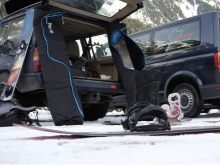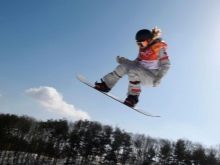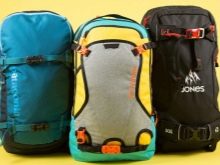Snowboard equipment
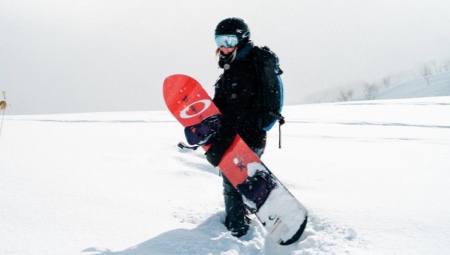
Snowboarding means speed, frost, and alluring snowy slopes. No one is against adrenaline, but everyone is against injuries and frostbite. Good equipment is the key to successful skiing. We will talk about it in this article.
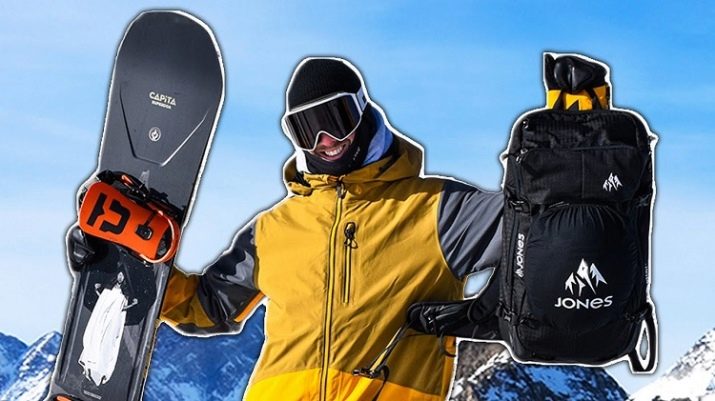
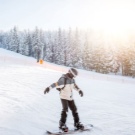
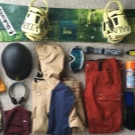

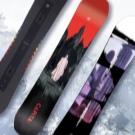
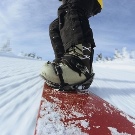
Required clothing
Maybe someone considers special clothes to be secondary ammunition, but it is she who helps to forget about the cold, inconveniences and focus on your favorite hobby or sports achievements. Snowboarding is a young sport that has recently been included in the Winter Olympics program. A complete snowboarder's outfit is similar to alpine skiing clothing, but may differ in cost and quality from warm clothing for beginners.
The correct equipment for a snowboarder is subject to the principle of layering:
- 1st layer - thermal underwear;
- 2nd layer - additional insulation (sweatshirt, trousers);
- 3rd layer - outerwear (jacket, pants or overalls).
Let's consider each piece of clothing separately.

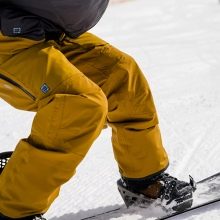
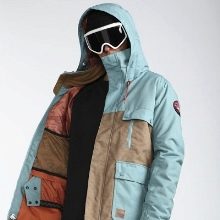
Thermal underwear
This garment is put on first, it fits the body and does not interfere with movement. High-quality thermal underwear regulates heat exchange, removes moisture, and provides protection from cold and overheating.
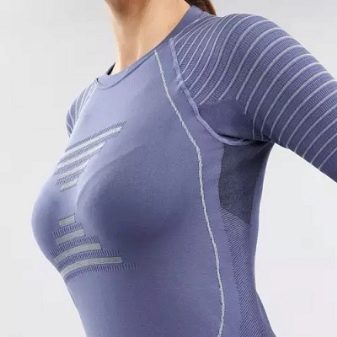
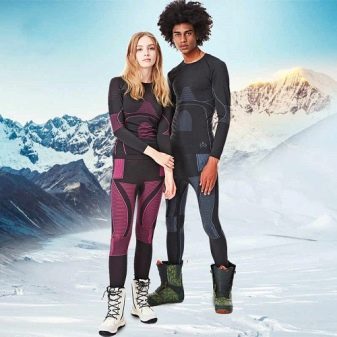
Fleece suit
The clothing in the second layer can consist of a thin tracksuit or sweatpants and sweatshirt. It should be comfortable and not restrict movement. You should not choose a sweater as clothing under a jacket.
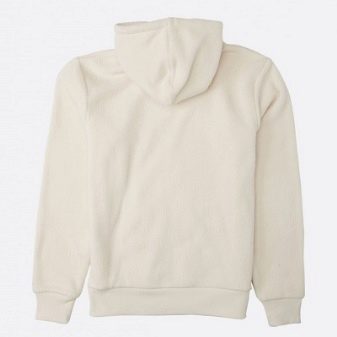
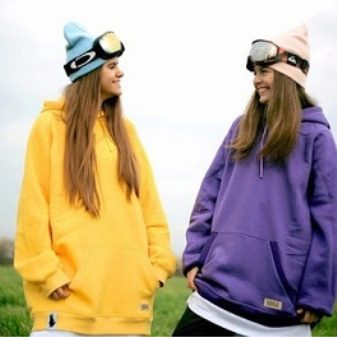
Jacket
On snowy slopes, a down jacket is not a place even for beginners, you need a special jacket with a layer of membrane fabric. It is lightweight, allows you to move freely, has a belt fastener that prevents snow from getting under your clothes. The product reliably protects from the wind, is endowed with holes for ventilation.
A good jacket contains several pockets, adjustable straps and fasteners that allow you to perfectly fit the garment for a particular person.
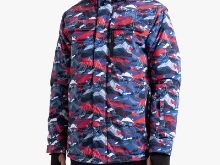
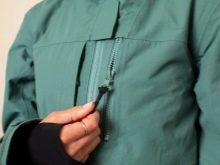
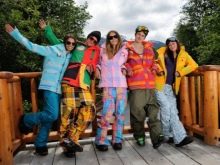
Pants
Pants should have the same characteristics as the jacket - not blown by the wind, not getting wet, contain ventilation holes. Elastic bands that tighten the leg at the foot protect against snow ingress. Preference should be given to wide models that allow you to move without tension and interference. It is even more convenient to purchase products in the form of a jumpsuit with straps.
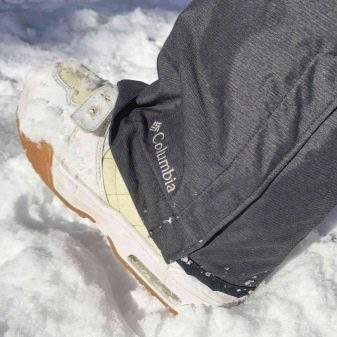
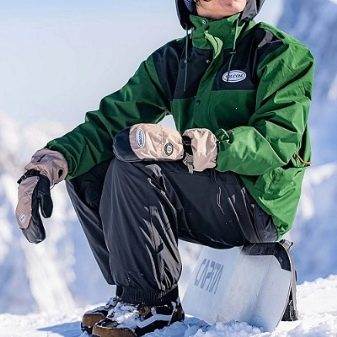
A cap
In addition to a helmet, the outfit also includes a hat. It is necessary to choose a product that would fit snugly, but at the same time would not squeeze the head, cover the ears and forehead, but would not impair hearing. You should not choose woolen models, they get wet with sweat and do not drain moisture, it is easy to overcool in them. It is better to give preference to fleece and other high quality synthetics. Of natural threads, only merino wool is suitable, but its cost is high. The model must be chosen without decorations, pom-poms and other elements may not be compatible with the helmet.
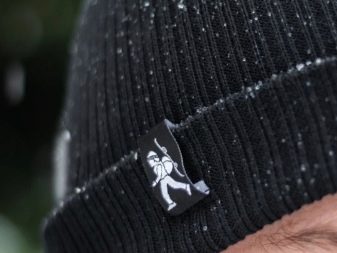
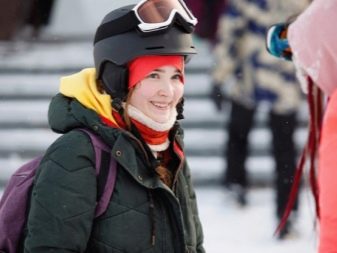
Gloves
Ordinary woolen mittens or gloves are not suitable for snowboarding, they are blown by the wind at speed and get wet quickly, because you constantly have to contact with snow and ice on the mounts, lift, when falling on a snowy slope. Gloves should be insulated with cuffs, made of waterproof and windproof material.
Some models have inserts to prevent breakage in the event of a fall.


Socks
They should be chosen from thermo-regulating fiber so as not to stay with wet feet all day. Preference should be given to tall products that do not allow a gap between the boots and the elastic bands of the legs.
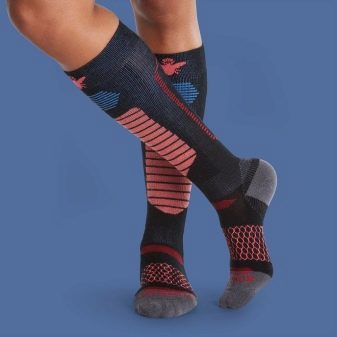
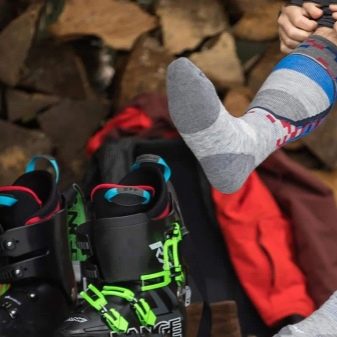
Basic snowboarder equipment
The list of equipment for skiing in the mountains will be different for an athlete and an amateur. Correct, professional equipment costs a lot of money, but it is this equipment that guarantees safety and leads to victory.
For ease of movement and complete enjoyment of skiing, many try to choose the minimum equipment. But some snowboarders, on the contrary, supplement their ammunition with a safety kit, for example, they use an avalanche sensor, the Avalung system, and sew a Recco beacon into their clothes.
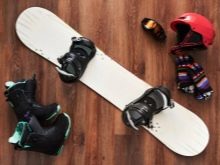


Mountings
First, boots are purchased, then fastenings are selected according to their parameters, since it is impossible to guess in advance the volume, length and width of future shoes. The same rule applies to the board, only after purchasing it, a trip to the fixing devices is carried out. The design of the special threaded bushings located on the snowboard determines whether the mounts fit the board.
Rigid fixation is designed for plastic boots used for carving, a rare direction of snowboarding. In other cases, the choice should be made from soft options that fix the shoes with straps. When properly attached, the toe and heel should protrude an equal distance from the base.
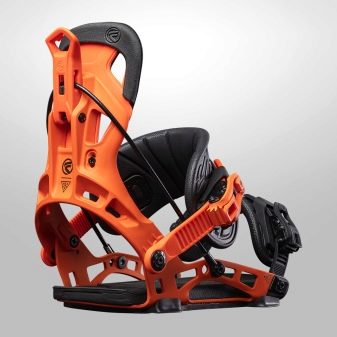

Boots
This is the piece of equipment that you shouldn't save on. The safety, stability, comfort and control of the board depend on the boots. Shoes are selected for a long time, since exactly the shoe is being sought that will ideally sit on the foot.
Snowboard boots consist of an inner and an outer boot. The correct inner element completely immobilizes the leg, but does not squeeze it. To prevent frostbite, the toes need relative freedom, but the thumb should rest on the toe of the shoe, albeit without pain.
It is important that the heel in laced shoes does not come off the sole, otherwise control will be lost when turning the board.
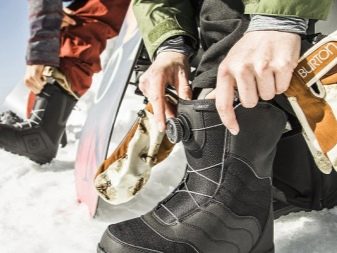

Helmet
A helmet is essential for snowboarding, it can not only protect you from injury, but also save the life of the rider.You need to choose the right equipment parameters or purchase a product with size adjustment. In addition to passive ventilation (open form), an adjustable one is also needed, which allows you to open or close the holes as needed if the rider gets cold or hot.
When choosing a helmet, make sure it fits with the mask. With a large upper gap while riding, you can freeze your forehead, but you still need to leave a small gap, otherwise the mask will fog up.
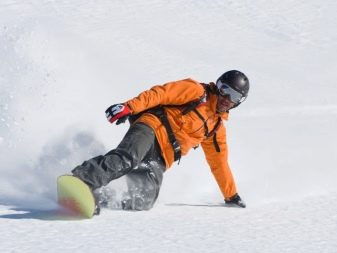

Glasses
Glasses are not an obligatory element of a snowboarder's outfit, but for those who value their own safety, they will not neglect them. Glasses have a number of protective functions; they protect the eyes from snow, wind and dazzling sun. It is necessary to select such products that would not limit the rider's view. For example, a cylindrical or flat model cannot boast of panoramic visibility, their viewing angle is insufficient, but they are inexpensive.
A spherical (convex) model that follows the contour of the eyes is more expensive, thanks to which the snowboarder sees the peripheral space. You can ride for pleasure on the snowy slopes wearing an inexpensive mask with single lenses. Athletes in mountainous terrain, especially in harsh winter conditions, will need double lens goggles. These products are less foggy, and the anti-fog spray improves visibility in poor weather conditions. The price for double structure masks is quite high.
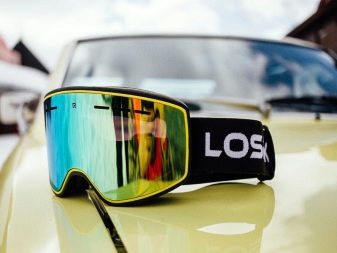

Choice of protection
Fall protection is equally needed by a beginner and a professional, and the second is injured at a much higher speed. The types of protection are as follows:
- a helmet with chin protection is selected for the head;
- for the back, they produce soft and flexible vests and shells;
- torso protection can consist of a vest with chest and dorsal plates, or it can be a full-fledged jacket;
- protective shorts protect the lower body from impacts and falls;
- knee pads are produced for the knees;
- similar items can be purchased for elbows;
- The removable hand guard is worn over the gloves.
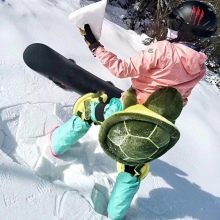
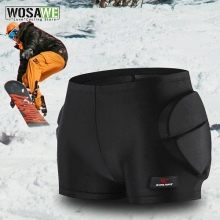
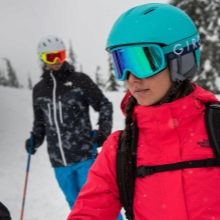
Optional accessories
For transportation and protection of the snowboard, all kinds of covers... The choice depends on the parameters of the board, the taste of the owner and the value of the goods.
When going to the mountains, you can purchase a snowboarder's backpack. A 24 liter model is sufficient for downhill skiing, and at least 30 liters for longer hikes.
